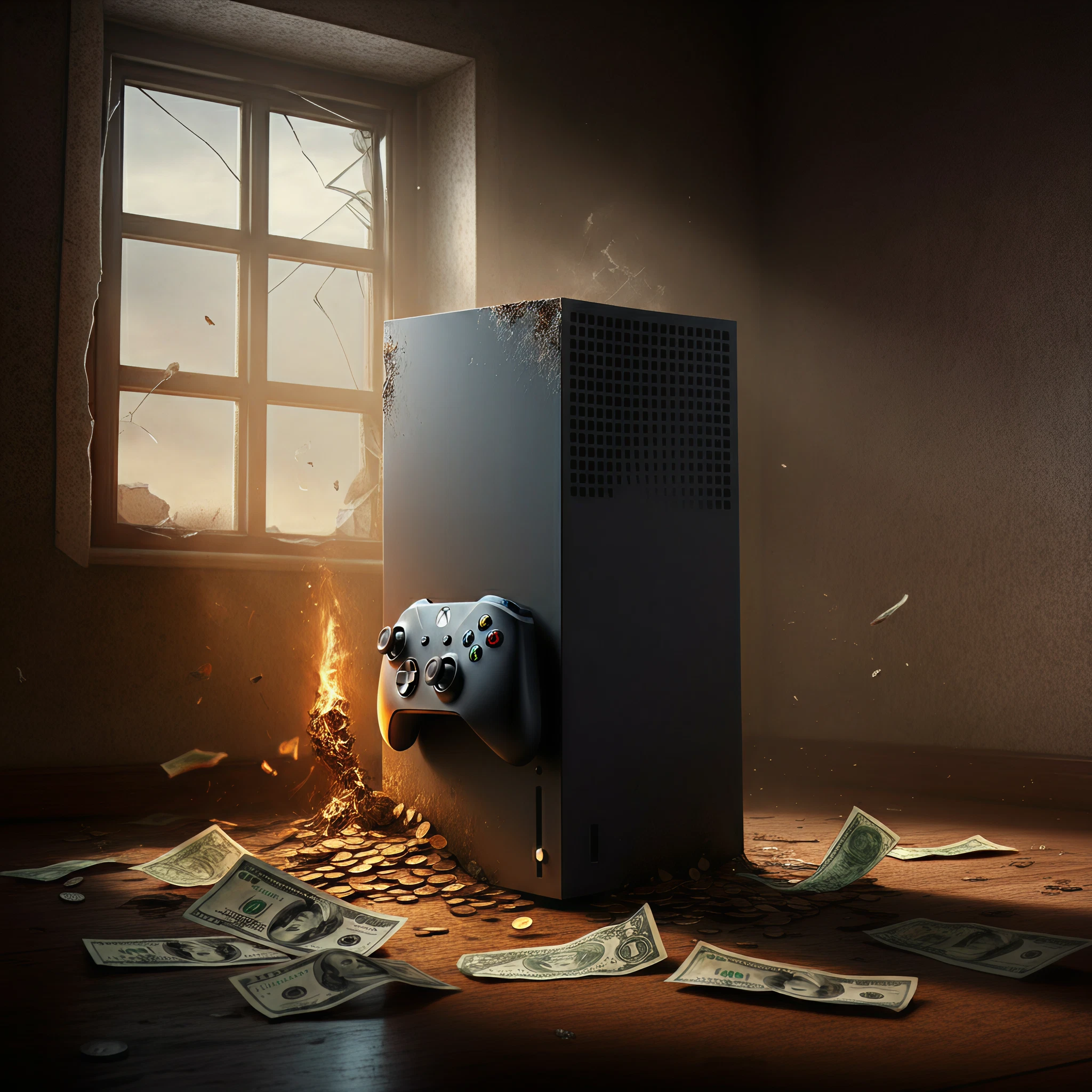The Xbox Series S captured the hearts of gamers looking for a cost-effective way to enjoy the current console generation. Its affordability and modern features made it a compelling choice upon its launch. However, a combination of price increases, hardware limitations, and market shifts have called the value of the Series S into question. Let’s explore why this console is struggling to maintain the appeal it once had.
1. Affordability Isn’t What It Used to Be
When the Xbox Series S launched, it wowed budget-conscious gamers with its $299 price point. This positioned it as a revolutionary console for players who wanted a next-gen experience without the hefty price tag of the Xbox Series X or the PlayStation 5. However, as prices have crept upward, its once-distinct advantage has diminished.
Recent price adjustments have brought the console closer to its bigger sibling, the Series X, raising the question of whether the reduced performance justifies the marginal savings. Gamers now face a scenario where the original pitch of affordability has been weakened.
Supporting Data:
- Launch Price (MSRP): $299
- Current Price (Retail in some markets): Up to $349
- With only a $150 gap between Series S and Series X, the affordability argument doesn’t hold the weight it once did.
!Xbox Series X vs. Series S Pricing Gap
2. Storage and Performance Limitations
The Xbox Series S ships with a mere 512 GB of internal storage, a figure that pales in comparison to the Series X’s 1 TB. Post-system updates, the actual usable space shrinks to around 364 GB. For modern gamers, this seems woefully inadequate, considering the increasing file sizes of AAA titles.
When paired with its lower graphical performance and inability to maintain parity with the Series X on certain titles, the Series S begins to feel like a compromise rather than a value-packed console.
Supporting Data:
- Games like Forza Horizon 5 and Starfield are reported to struggle with graphical downscaling on the Series S.
- Reddit forums frequently cite frustrations about having to uninstall games due to storage constraints.
- Expanding storage through Seagate’s proprietary Expansion Card can cost upward of $150, effectively neutralizing the Series S’s initial affordability.
3. Rise of Xbox Game Pass
Xbox Game Pass, Microsoft’s subscription-based service, has become a shining star in the gaming ecosystem. For less than the cost of most single AAA games, players gain access to a massive library of titles playable on both consoles and PCs. While Game Pass is a fantastic value for users, it diminishes the necessity of owning a console like the Series S. Many gamers are opting for a Game Pass subscription and leveraging their PCs or even smartphones for cloud gaming instead.
This growing preference for platform-agnostic gaming means the Series S is losing relevance as a “go-to” entry point for gaming.
Supporting Data:
- Xbox Game Pass boasts over 30 million subscribers globally.
- Cloud gaming compatibility extends the service to non-console devices, marginalizing the importance of consoles like the Series S.
4. Graphical Parity Challenges
Finally, as developers continue to push the graphical boundaries of modern games, maintaining parity across all platforms is becoming more challenging. The Series S often struggles to keep up in terms of resolution and frame rates when compared to the Series X. This performance gap is frustrating for gamers and paints the console as a “second-class citizen” in the Xbox ecosystem.
Recent reports of developers facing difficulties optimizing for the Series S reveal a growing concern. The inability to deliver consistent quality across platforms further undermines its position in the market.
Supporting Data:
- Titles such as Baldur’s Gate 3 experienced delays in co-op updates for Series S due to hardware optimization struggles.
- According to user feedback on forums like ResetEra, a significant percentage of gamers report noticeable disparities in graphical fidelity between Series S and X versions of the same game.
!Xbox Series S Performance Comparison
The Bigger Picture
While the Xbox Series S was designed as a “budget-friendly” next-gen console, various factors have chipped away at its value proposition. Its limited storage, struggles with emerging games, and the rise of platform-independent gaming highlight the challenges Microsoft faces in maintaining its relevance.
For gamers, the decision to invest in an Xbox Series S has become more complex. Should you save up for the Series X? Opt for Game Pass and skip the console entirely? These are the pressing questions gamers now face in the wake of the Series S’s shifting value.
What’s Next for the Xbox Series S?
Microsoft has time to turn the tide. Lowering retail prices or bundling storage upgrades could help restore the affordability factor that originally drew players to the Series S. Innovating on its features or enhancing its performance could also breathe new life into the console.
For now, though, the Series S finds itself at a crossroads, requiring a strategic pivot to regain its position as the “best bang for your buck” in the console market.
Engage with Us
What’s your take on the Xbox Series S? Are the storage or performance limitations deal-breakers for you? Drop your thoughts in the comments below!
And if you’re looking for our top picks for Xbox Game Pass titles, check out our latest guide here.
Stay tuned for more insights on gaming and tech!








